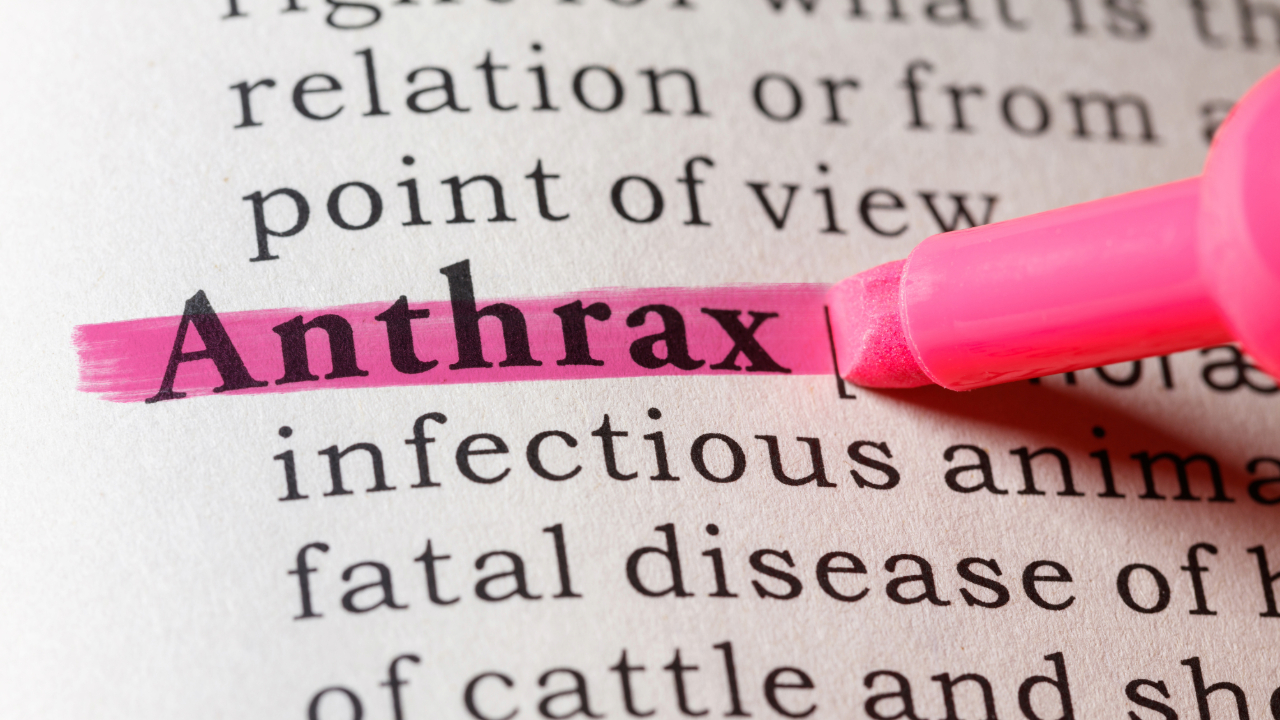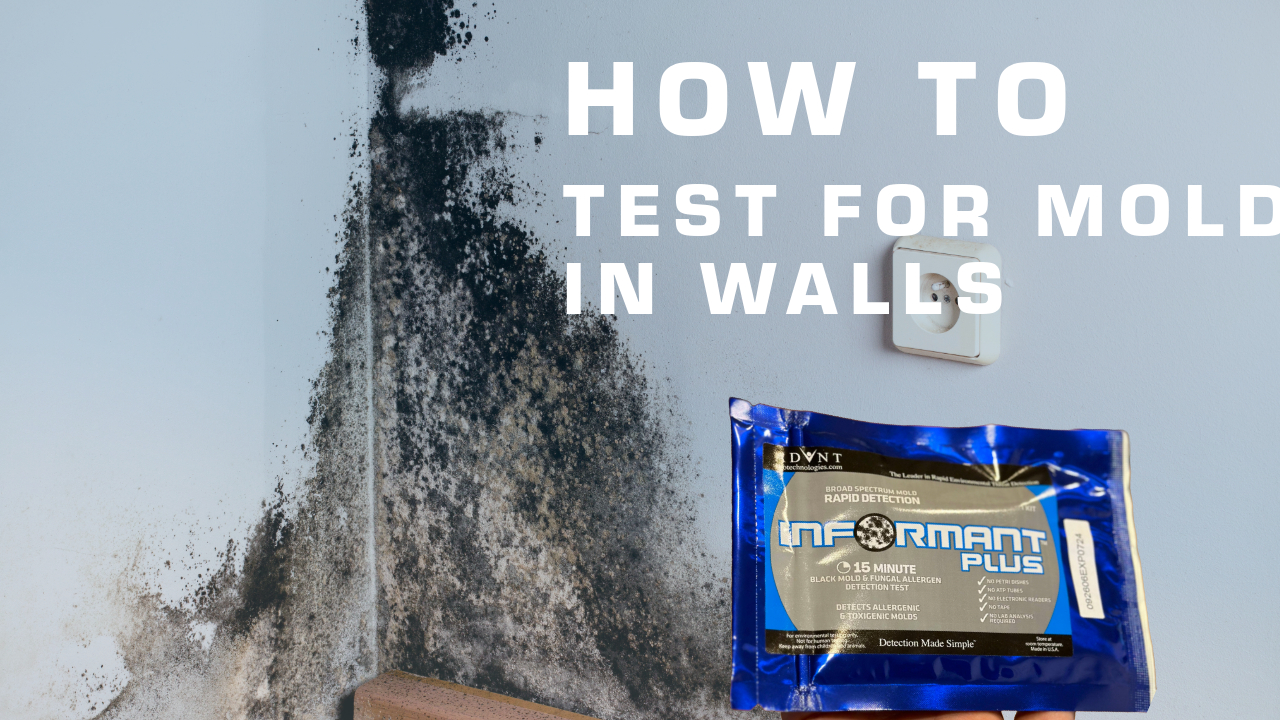
Testing for Anthrax in the Environment: A Comprehensive Guide
Anthrax is a highly infectious disease caused by the bacterium Bacillus anthracis. This disease affects both animals and humans, making it a major public health concern. The bacterium is present in the environment and can survive for years, making it difficult to detect and prevent. Testing for anthrax in the environment is essential to prevent outbreaks and protect public health. In this article, we will discuss the various methods used to test for anthrax in the environment.
Understanding Anthrax
To understand the importance of testing for anthrax, it is necessary to understand the disease. Anthrax is a zoonotic disease that affects animals such as cattle, sheep, and goats. The disease can also infect humans who come into contact with infected animals or their products. Anthrax is highly contagious and can be spread through contact with infected animals or their products, or through inhalation of spores in the air.
Environmental Sampling for Anthrax
Environmental sampling is the process of collecting samples from the environment to test for the presence of anthrax. This includes soil, water, and air samples. The sampling process is critical to the detection of anthrax in the environment.
Soil Sampling
Soil sampling is the most common method used to test for anthrax in the environment. Soil samples are collected using a corer, which is a tool that is inserted into the ground to collect soil samples. The samples are then transported to a laboratory for testing.
Water Sampling
Water sampling is another method used to test for anthrax in the environment. Water samples are collected from various sources such as rivers, lakes, and streams. The samples are then transported to a laboratory for testing.
Air Sampling
Air sampling is the most complex method used to test for anthrax in the environment. This involves collecting air samples from the environment and analyzing them for the presence of anthrax spores. The process involves using specialized equipment such as air samplers and filters to collect the samples.
Laboratory Testing for Anthrax
Once samples are collected and field screened, they are transported to a laboratory for testing. The laboratory testing process involves various methods to detect the presence of anthrax. These methods include:
Culture-Based Methods
Culture-based methods involve growing the bacterium in a laboratory setting. The process involves placing the sample on a culture medium that promotes the growth of the bacterium. The sample is then incubated for a specific period to allow the bacterium to grow. The presence of the bacterium is then confirmed through various tests.
Polymerase Chain Reaction (PCR)
PCR is a molecular biology technique that is used to amplify DNA samples. This technique is used to detect the presence of the anthrax bacterium in the environment. PCR is a highly sensitive and specific method that can detect even small amounts of the bacterium.
Immunological Methods
Immunological methods involve detecting the presence of the anthrax bacterium through the use of antibodies. This method involves using specific antibodies that bind to the bacterium. The presence of the bacterium is then detected through various tests. These types of tests are also know as immunoassays or hand-held assays and are commonly used for preliminary field screening by hazmat professionals.
Conclusion
Testing for anthrax in the environment is essential to prevent outbreaks and protect public health. Various methods are used to test for the presence of the bacterium in the environment. Soil, water, and air sampling are the most common methods used to collect samples. Once samples are collected, they are transported to a laboratory for testing. The laboratory testing process involves various methods such as culture-based methods, PCR, and immunological (Hand-Held Assays) methods to detect the presence of the bacterium.
FAQs
- Can anthrax be detected in the environment?
Yes, anthrax can be detected in the environment through various methods such as soil, water, and air sampling.
- How is soil sampling conducted to detect anthrax in the environment?
Soil sampling is conducted using a corer, which is a tool that is inserted into the ground to collect soil samples. The sample is collected from the surface and sub-surface layers of the soil. The sample can be tested using preliminary field screening assays before transporting to a laboratory for testing. The laboratory testing process involves various methods such as culture-based methods, PCR, and immunological methods to detect the presence of anthrax.
- How is water sampling conducted to detect anthrax in the environment?
Water sampling involves collecting water samples from various sources such as rivers, lakes, and streams. The samples are collected using a container that is sterilized before use. The sample can be tested using preliminary field screening assays before transporting to a laboratory for testing. The laboratory testing process involves various methods such as culture-based methods, PCR, and immunological methods to detect the presence of anthrax.
- How is air sampling conducted to detect anthrax in the environment?
Air sampling is conducted using specialized equipment such as air samplers and filters. The sampler collects air samples from the environment and the filter is used to capture any spores that may be present. The filter can be tested using preliminary field screening assays before transporting to a laboratory for testing. The laboratory testing process involves various methods such as culture-based methods, PCR, and immunological methods to detect the presence of anthrax.
- Why is testing for anthrax in the environment important?
Testing for anthrax in the environment is important to prevent outbreaks and protect public health. Anthrax is highly contagious and can be spread through contact with infected animals or their products, or through inhalation of spores in the air. Testing for the presence of the bacterium in the environment can help identify areas of contamination and prevent the spread of the disease.
- What are the different methods used to detect anthrax in the environment?
There are several methods used to detect anthrax in the environment, including:
- Culture-based methods: This involves growing the bacteria in a laboratory culture to detect its presence.
- Polymerase Chain Reaction (PCR): This is a technique used to amplify and detect DNA fragments of the bacteria.
- Immunological methods: These involve detecting antibodies or antigens in a sample to indicate the presence of the bacteria.
- How long does it take to get results from environmental testing for anthrax?
The time it takes to get results from environmental testing for anthrax varies depending on the testing method used and the sample type. Culture-based methods can take several days to weeks to get results, while PCR and immunological methods can give results within a few minutes to a few days.
- What are the limitations of environmental testing for anthrax?
There are several limitations to environmental testing for anthrax, including:
- False negatives: Environmental testing methods may not detect low levels of anthrax, leading to false-negative results.
- Sampling errors: Errors in collecting and handling samples can lead to inaccurate results.
- Interference: Environmental samples may contain substances that interfere with the testing methods, leading to inaccurate results.
- Cost: Environmental testing for anthrax can be expensive, especially for large-scale testing.
- How can environmental testing for anthrax be used in bioterrorism prevention?
Environmental testing for anthrax can be used in bioterrorism prevention by identifying areas of contamination and determining the extent of the contamination. This information can help authorities to implement appropriate measures to prevent the spread of the disease and protect public health.
- What are the safety precautions taken during environmental testing for anthrax?
Safety precautions taken during environmental testing for anthrax include:
- Use of personal protective equipment (PPE) such as gloves, masks, and gowns.
- Proper handling and disposal of contaminated samples and PPE.
- Use of biosecurity measures to prevent accidental release of the bacteria.
- Compliance with regulations and guidelines for handling and testing of hazardous materials.
In conclusion, testing for anthrax in the environment is an important step in preventing outbreaks and protecting public health. There are several laboratory methods used to detect anthrax in the environment, and safety precautions are taken to ensure the safety of those involved in the testing process. Despite the limitations of environmental testing for anthrax, it remains a critical tool in bioterrorism prevention and disease control.
FAQs:
- Can anthrax be transmitted through the air?
Yes, anthrax can be transmitted through the air by inhaling spores.
- Can animals be carriers of anthrax?
Yes, animals such as cattle, sheep, and goats can be carriers of anthrax.
- Can anthrax be treated with antibiotics?
Yes, anthrax can be treated with antibiotics if caught early.
- Can anthrax be used as a biological weapon?
Yes, anthrax has been used as a biological weapon in the past.
- How can individuals protect themselves from anthrax?
Individuals can protect themselves from anthrax by avoiding contact with infected animals or their products, practicing good hygiene, and getting vaccinated if at risk.
Share this article
Written by : Tim Scherkenback
I have been selling environmental detection tests for many years with Advnt Biotechnologies.
Follow us
Latest articles
July 8, 2025




